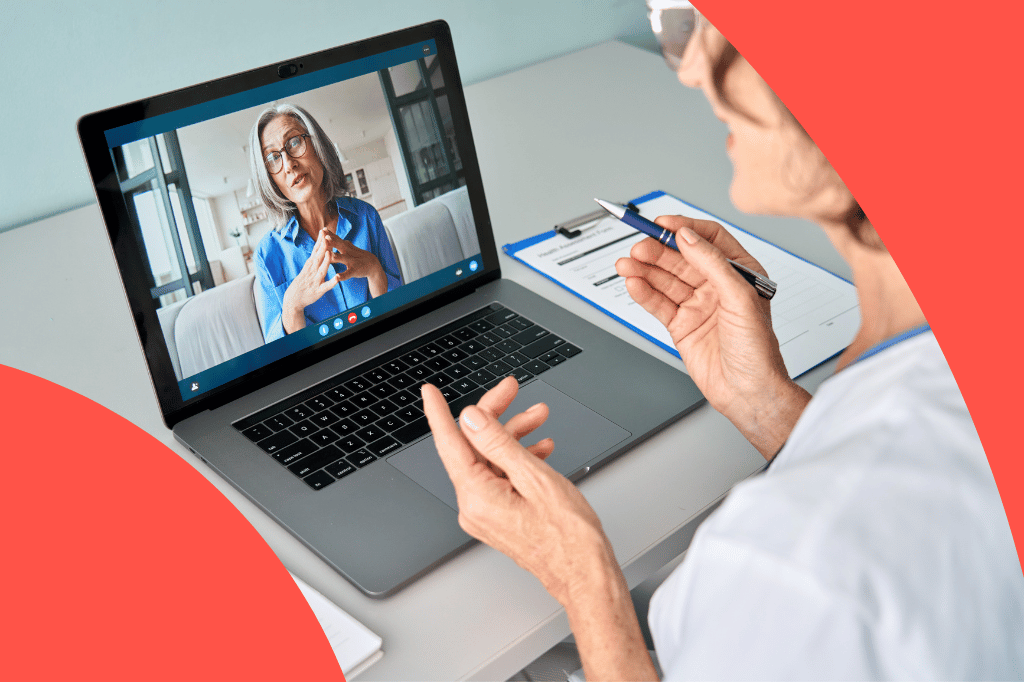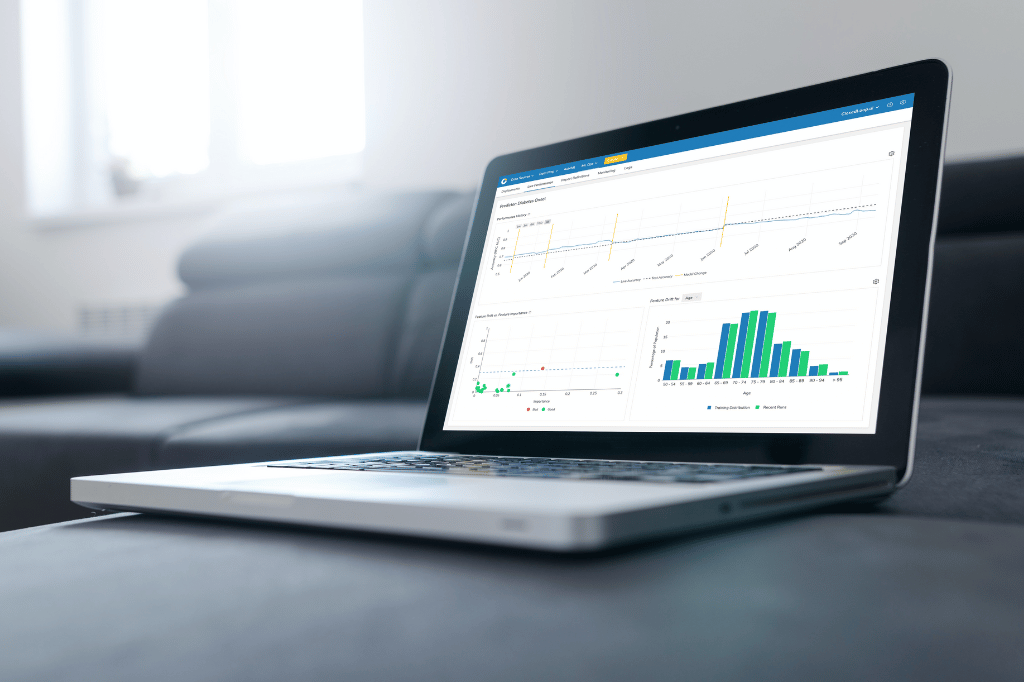Predict | Telehealth
Streamline telehealth offerings and improve outcomes.

Telehealth is expanding access to care and transforming patient engagement. It is estimated to represent over $250 billion in potential savings for the healthcare system, and it is increasingly becoming table stakes. 42% of patients would consider switching providers if they didn’t offer telehealth experiences aligned with their expectations.

BUILT FOR HEALTHCARE
Ingest, normalize, and blend data
from dozens of health data sources.
Electronic Health Records
Unstructured Clinical Notes
e-Prescribing Data
Vital Signs
Remote Monitoring Data
Medical Claims
Rx Claims
ADT Records
Lab Test Results
Social Needs Assessments
Social Determinants of Health
Operations & Services
Risk of Rapid Heart Failure Progression in the Next 12 Months

Patient ID
Gender
Age
Risk Score Percentile
837322919
Male
63
94
Impact on risk
Contributing factor
Value
# of Acute Decompensated HF Admissions (6M)
1
Decline in LV Ejection Fraction
0.45 to 0.35
Adherence to Loop Diuretics
60%
Reported Barriers to Care
Transportation
AI INFORMS ACTION
Pinpoint high-risk individuals and surface actionable risk factors.
ClosedLoop generates explainable predictions using thousands of auto-generated, clinically relevant contributing factors.
Enhance
Enhance chronic care management and personalize care plans
Expand
Expand access to care for patients and enhance engagement
Increase
Increase frequency of patient assessment and avoid adverse events
EXPLORE MORE USE CASES











